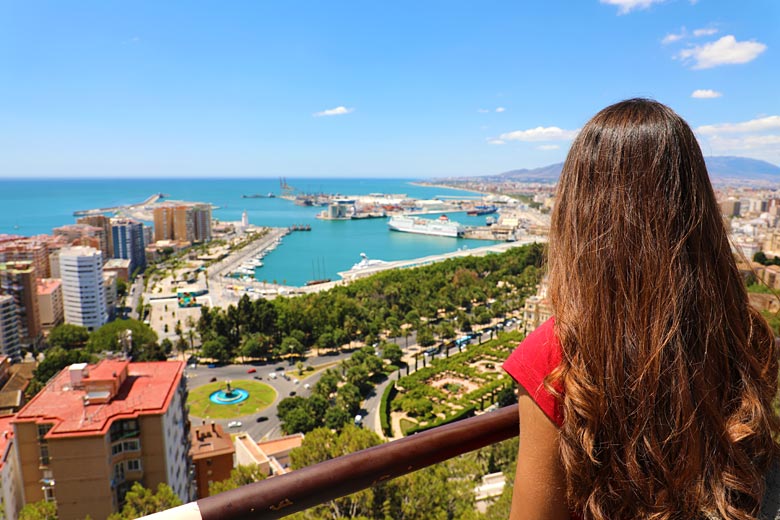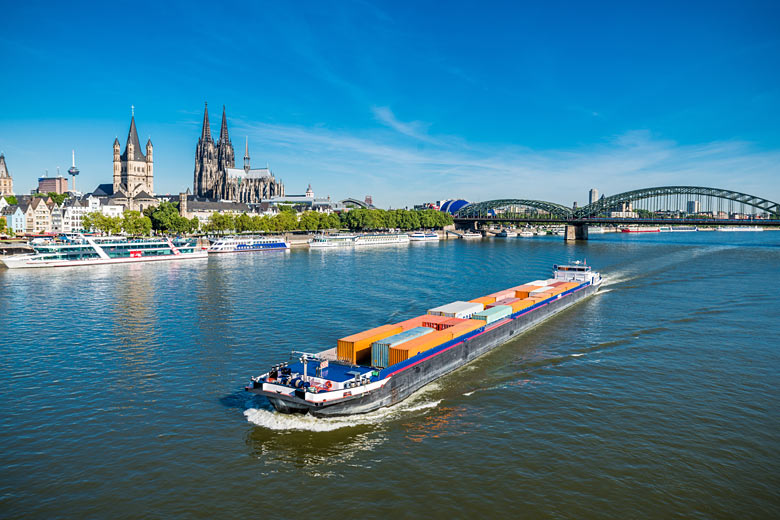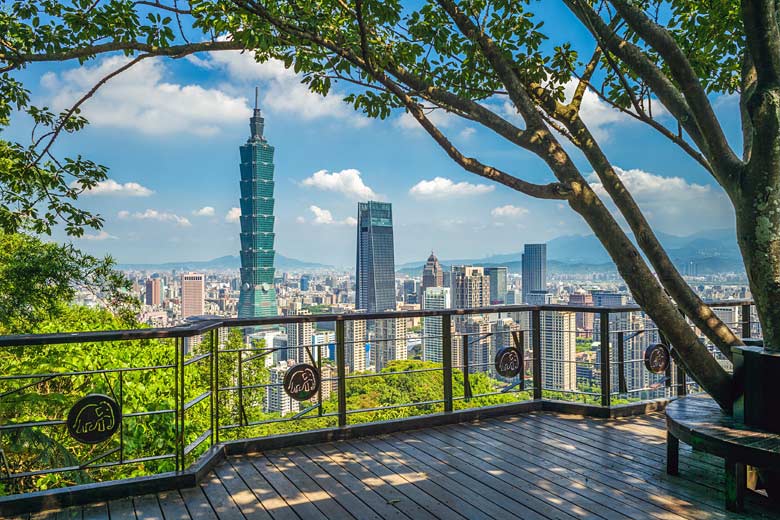A first timer's guide to Valencia
Over the last couple of decades, Valencia*, Spain's third largest city and its capital during the Spanish Civil War, has shown it is no longer content to sit in the shadows.
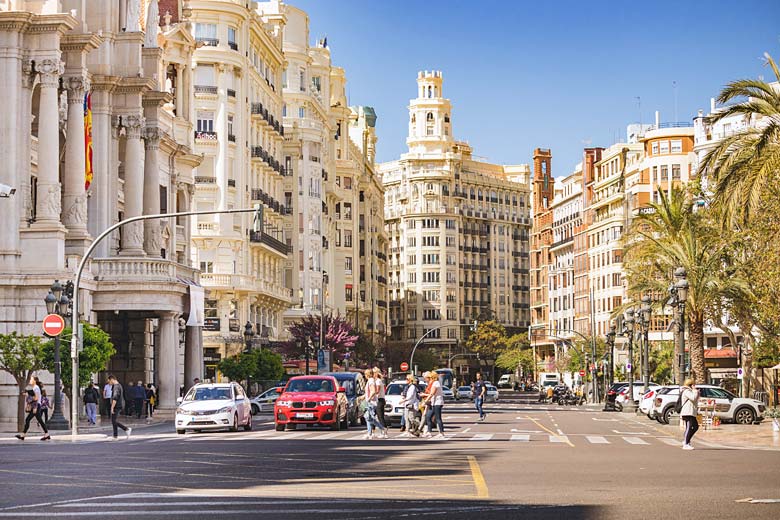
The European Green Capital 2024 is a city built on the solid foundations of the Romans and the Moors. Once the last stop on the Silk Route, today Valencia is very much back on the map as a serious city break contender, with the wider Region of Valencia offering real strength in depth beyond the city boundaries.
Getting to Valencia: browse deals on itineraries that call at Valencia with Marella Cruises*.
An introductory walking tour
Valencia is an easy city to walk around as it is almost universally flat, with plenty of cafés for refreshments en route. To get your bearings marvel at the art nouveau majesty of Estacio del Norte, whether you arrive by train or not.
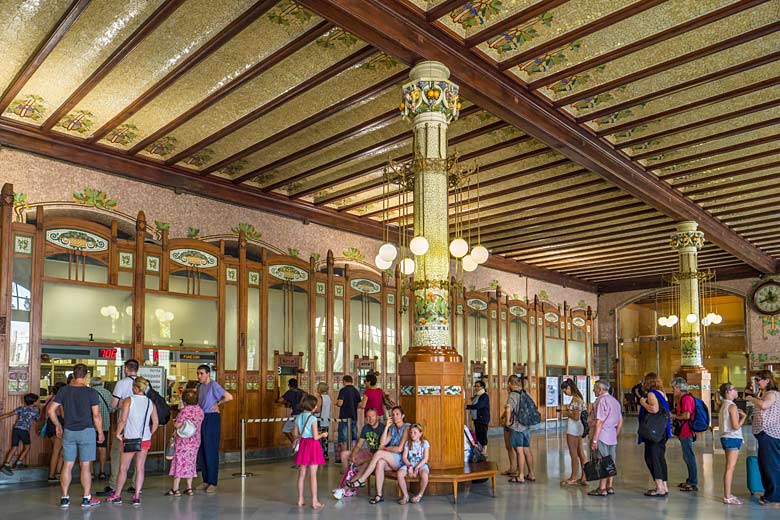
Strolling north note the imposing, still active, bullring next to the station, as you start to eyeball the architecture along Marques de Sotelo. Valencia's city centre is awash with different styles, giving it a real sense of drama.
The lavish neoclassical Town Hall soars up to your left on Plaza Ajuntament; while to the right the Art Deco charms of La Fimoteca catch the eye.
Cutting northwest on San Vicente you'll spill out into Plaza de la Reina. The city's Cathedral soars ahead. Ascend the 207 steps of its Miguelete Tower for a 360° view of Valencia.
Continue north to reach the Torre de Serranos, one of only two of the original dozen sturdy towers that formed part of Valencia's city walls.
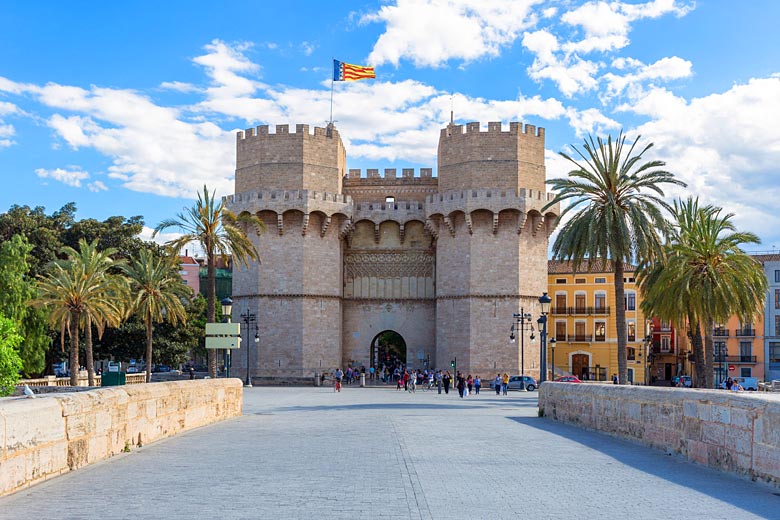
Just beyond lies La Turia, the bed of the old river now brilliantly transformed into a green space for locals and visitors alike to savour. The choice is whether to head east towards the Mediterranean or delve back into the old town.
Valencia's unmissable cultural big hitters
Valencia Cathedral: this riot of Romanesque, Baroque and Gothic styles is a wonder built upon Moorish foundations. The Holy Chalice, or Holy Grail, is said to be preserved inside.
A remarkable tradition takes place every Thursday when the judges of the water tribunal meet by the cathedral, as they have done for millennia, to decide on the allocations from Valencia's ancient irrigation system. Nothing has stopped their flow, bar the Spanish Civil War and Covid.
Church of Saint Nicholas: Valencia's version of the Sistine Chapel is a gobsmacking sight that will make your neck sore as you try to take in the sweep of a ceiling entirely covered in frescoes. It is backed up by sculptures and works of art wherever you look.
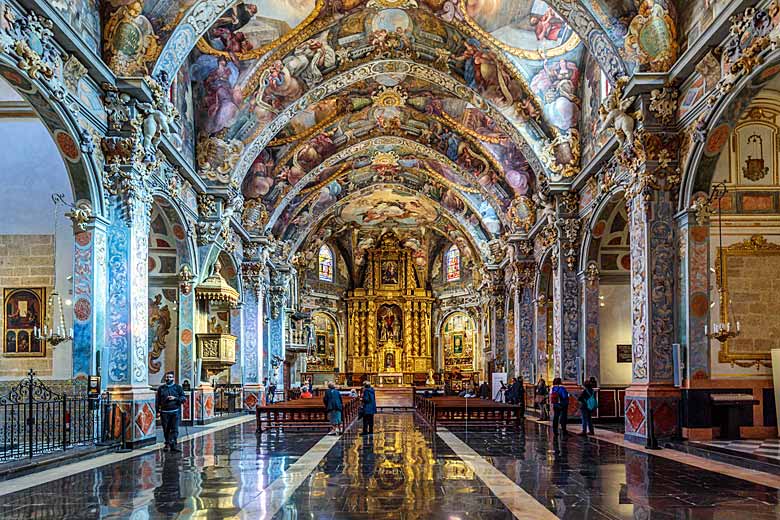
Make sure to pick up headphones as the guidance ensures you don't miss out on the church's many stories of the highlights.
La Lonja de la Seda: this wondrous throwback to the days when a third of Valencia's population was employed in the burgeoning silk trade is a concoction of stone that has been recognised on UNESCO World Heritage list. The soaring stone pillars curl upwards like a forest made of palm trees.
Home of paella & horchata
Forget what you thought you knew about Valencia's most famous culinary creation and enjoy a learning curve that will enrich every time you taste paella in future.
Head south towards the wider Region of Valencia and the glorious Albufera Nature Park, a protected oasis of flora and fauna that is flooded yearly using the old Moorish canal system to help encourage rice growth.
Take a boat tour of the lagoon and spot rare European rice paddies and in the distance the vaulting roofs of the traditional barracas cottages. Stay over on the reserve's fringes at the Parador de El Saler, an environmentally conscious escape on a white sand beach where turtles come ashore.
Just a short cycle from the Parador (where you can rent bikes), El Palmar has tens of restaurants despite its tiny population of fewer than 800 inhabitants. All the restaurants serve paella. Albufera Restaurant offers a splendid view across the lagoon back to the city.
You won't find seafood or chorizo here; real paella only has rabbit plus chicken, vegetables and the locally grown bomba rice, ideal for absorbing flavour. Follow the locals and scrape the paella dish with the back of your spoon to savour the best bits.
To finish your paella odyssey head to the Museo de Arroz (Rice Museum) back in the city, which houses all the traditional equipment needed to process the rice. If you fancy more paella for dinner La Cigrona Restaurant serves up genuine paella, as well as giant Valencian tomatoes.
Horchata is the local non-boozy drink of choice. Cultivated from the tiger nut, which grows underground, the oldest local producer is in the wider Region of Valencia just to the north of the city at Alboraya.
The Museo de la Horchata is a Moorish farm that is the place to learn about this seriously sweet drink, best enjoyed with a sugary farton pastry that can be dipped into the sweet, creamy horchata. The guided tours of the stately farm open up its timewarp rooms and well-kept grounds, plus the horchata-making paraphernalia.
La Turia
This is a green lung that is both an inspiration to other cities and something that the citizens of Valencia are rightly proud of. Its origin story goes back to 1957 when the River Turia burst its banks in a devastating flood, leading to the river being permanently redirected away from the centre.
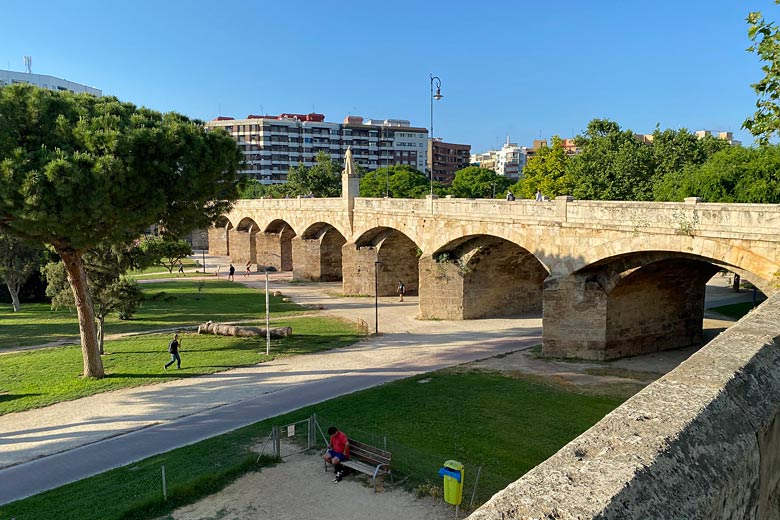
Franco may have held a tight grip on power in Spain* for decades, but even he backed down when passionate protestors fought to stop plans to turn La Turia's former river bed into a highway.
Instead it became a snaking public park, said to be the largest in Europe, whose tentacles stretch on for almost 10 km of walking and cycling trails.
Pushing 'downriver', the most arresting sight is the City of Arts and Sciences, an oasis of avant-garde architecture, the brainchild of Valencian architect Santiago Calatrava. This scientific and cultural leisure complex spreads across 2 km of La Turia, so allow plenty of time.
Highlights include the Hemisferic, a 3D cinema with a whopping 900-square-metre concave screen, the Science Museum and the Oceanografic.
The latter is Europe's biggest aquarium, with seven different marine environments and over 500 different species.
Down on the water
Staging the America's Cup back in 2007 gave Valencia the impetus, and funding, it needed to revamp a waterfront that for too long had been dominated by its sprawling port.
Today swathes of the prime waterfront have been caressed into a leisure oasis alive with cafés, bars and restaurants.
The old warehouses have been brought back to their best too. If you fancy a dip you're in luck as Valencia's boasts a sweep of sandy beaches. One of the most popular is El Cabanyal.
A bit of a local secret is Port Saplaya just to the north of the city in the Region of Valencia. Porto Saplaya was purpose-built as a waterfront community and marina only in the 1970s and it is the city's cap doff to Venice. Few tourists make it here.
You should, though; wander around the bobbing boats, enjoy the local vibe, go for a swim at the wide sandy beach and savour creative tapas at great value Restaurante Port Saplaya.
Climate in Valencia
| Jan | Feb | Mar | Apr | May | Jun | Jul | Aug | Sep | Oct | Nov | Dec | |
|---|---|---|---|---|---|---|---|---|---|---|---|---|
| Maximum daytime temperature °C |  16 16 |
 17 17 |
 19 19 |
 20 20 |
 23 23 |
 26 26 |
 30 30 |
 30 30 |
 28 28 |
 24 24 |
 19 19 |
 16 16 |
| Hours of sunshine (daily) | ||||||||||||
| Days with some rainfall |  12 12 |
 11 11 |
 11 11 |
 10 10 |
 9 9 |
 6 6 |
 4 4 |
 5 5 |
 6 6 |
 10 10 |
 10 10 |
 12 12 |
| Sea temperature °C |  14 14 |
 13 13 |
 14 14 |
 15 15 |
 18 18 |
 22 22 |
 25 25 |
 26 26 |
 25 25 |
 22 22 |
 18 18 |
 16 16 |
The above guide shows the climate in Valencia. Find out more about conditions across the country in our complete guide to the climate in Spain.
Ready to visit Valencia? Be sure to see the latest offers on itineraries around the Med with Marella Cruises.
More about Spain
- Overview
- Best time to visit
- Weather by month
- 5-day weather forecast
- Destinations
- Travel advice
- Deals & discounts
Spain by month
Jan Feb Mar Apr May Jun Jul Aug Sep Oct Nov Dec
Explore holidays in the sun for less
- Beach holidays
- Family holidays
- City breaks
- Summer holidays
- Winter sun holidays
- Holiday offers
- Top travel brands
- Airlines & flights
- Discount hotels
- Airport parking deals
- TUI
- Jet2holidays
- easyJet holidays
- Love Holidays
- January sales
Airport parking
- Manchester Airport
- Stansted Airport
- Bristol Airport
- Luton Airport
- Birmingham Airport
- Edinburgh Airport
- Gatwick Airport
- Glasgow Airport
- Newcastle Airport
Airport lounges
- Manchester Airport
- Birmingham Airport
- Bristol Airport
- Edinburgh Airport
- Glasgow Airport
- Heathrow Airport
- Newcastle Airport
- Stansted Airport
- Gatwick Airport
Be inspired
Get your weekly fix of holiday inspiration from some of the world's best travel writers plus save on your next trip with the latest exclusive offers
We promise not to share your details

















